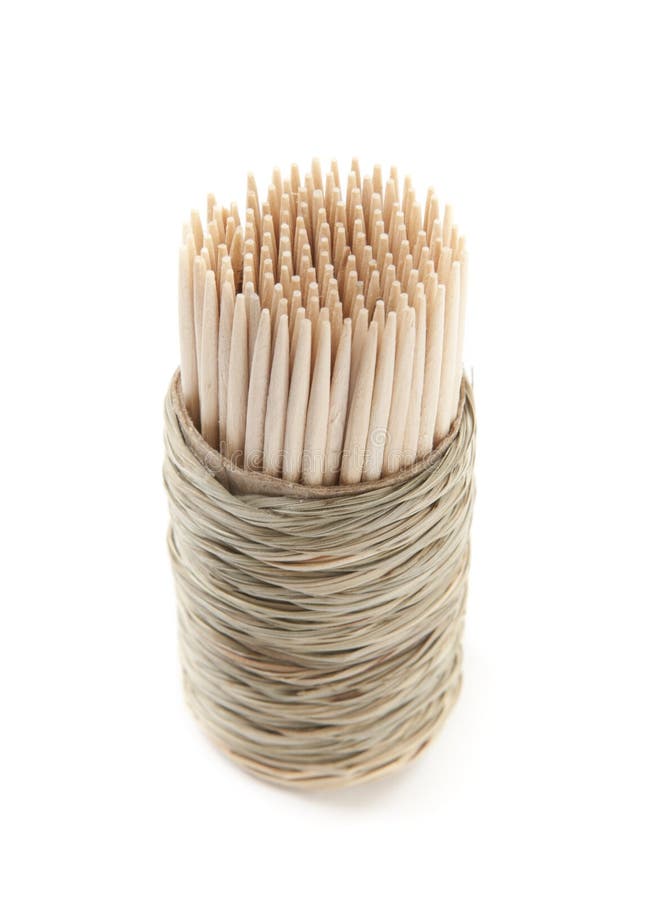

^ Hogenboom, Melissa (8 October 2013).Proceedings of the National Academy of Sciences.

"Tooth wear and dentoalveolar remodeling are key factors of morphological variation in the Dmanisi mandibles". ^ "The Marketing Genius Who Brought Us the Toothpick." Slate Magazine.There are delicate, artistic examples made of silver in antiquity, as well as from mastic wood with the Romans. One of the researchers, Justin Martin of Concordia University Wisconsin, said, "The enamel on teeth is quite tough, so they must have used the probes quite rigorously to make the grooves." Materials and manufacture In 1986, researchers in Florida discovered the 7500-year-old remains of ancient Native Americans and discovered small grooves between many of the molar teeth. Toothpicks made of bronze have been found as burial objects in prehistoric graves in Northern Italy and in the East Alps. A Neanderthal man's jawbone found in the Cova Foradà in Spain evidenced use of a toothpick to alleviate pain in his teeth caused by periodontal disease and dental wear. Hominin remains from Dmanisi, Georgia, dated to about 1.8 million years ago, bear lesions indicating the repeated use of a “toothpick”. Individual cello wrapped mint, individual cello wrapped plain, individual paper.

Known in all cultures, the toothpick is the oldest instrument for dental cleaning. Add some style to meals with AmerCareRoyals selection of toothpicks.


 0 kommentar(er)
0 kommentar(er)
